Home>Home Maintenance>What Happens If Mold Is Found During A Home Inspection
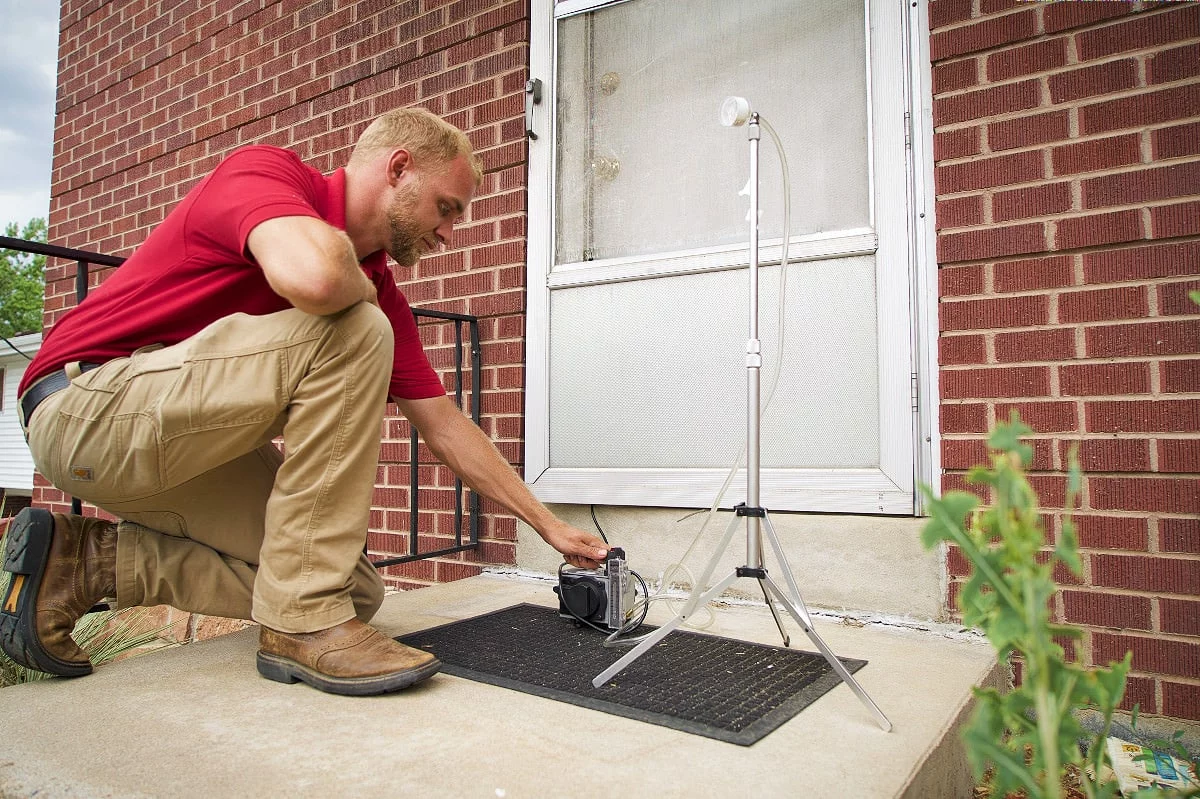

Home Maintenance
What Happens If Mold Is Found During A Home Inspection
Modified: March 6, 2024
Discover what happens if mold is found during a home inspection and the essential steps to take for effective home maintenance. Protect your investment and ensure a healthy living environment.
(Many of the links in this article redirect to a specific reviewed product. Your purchase of these products through affiliate links helps to generate commission for Storables.com, at no extra cost. Learn more)
Introduction
Welcome to your comprehensive guide on what happens if mold is found during a home inspection. Whether you are a homeowner, a potential buyer, or a real estate agent, understanding the implications of mold in a property is crucial for making informed decisions.
Mold is a common issue that can be found in homes, and it can have serious consequences for both the health of the occupants and the structure of the property. During a home inspection, the presence of mold can be a cause for concern and may require further evaluation and remediation.
In this article, we will delve into the details of mold, the importance of home inspections, and what to do if mold is discovered during the inspection process. We will explore the potential health risks associated with mold, the legal and insurance implications, as well as the various options for mold remediation.
Understanding the impact of mold and how to address it effectively is vital for maintaining a safe and healthy home environment. So, let’s dive in and explore the world of mold in home inspections.
Key Takeaways:
- Mold discovered during a home inspection can pose health risks and legal implications. It’s crucial to address it promptly, understand insurance coverage, and negotiate with sellers for fair resolutions.
- Professional mold remediation may be necessary, and costs can vary. Understanding the extent of the issue, consulting with experts, and negotiating effectively are key to managing mold discoveries.
Understanding Mold
Mold is a type of fungus that thrives in damp and humid environments. It can be found both indoors and outdoors, and its microscopic spores can easily travel through the air and settle in various areas of a home. While some molds are harmless, others can cause significant damage and pose health risks to those exposed to them.
Common indoor molds include Aspergillus, Cladosporium, Penicillium, and Stachybotrys (also known as black mold). These molds can grow on a wide range of surfaces, including walls, floors, ceilings, carpets, and even furniture.
Mold growth is usually triggered by excess moisture, which can be the result of various factors such as water leaks, high humidity levels, or inadequate ventilation. Areas prone to moisture buildup, such as bathrooms, basements, and kitchens, are particularly susceptible to mold growth.
Mold can cause a range of health issues, especially for those who are sensitive or allergic to it. Symptoms may include nasal congestion, coughing, wheezing, throat irritation, skin rashes, and eye irritation. Prolonged exposure to mold can also lead to more severe respiratory problems and exacerbate existing conditions like asthma.
Furthermore, mold can cause damage to the structural integrity of a home. It can weaken building materials such as drywall, insulation, and wood. If left untreated, mold growth can result in costly repairs and affect the value of the property.
Given the potential health risks and structural impact, it is essential to identify and address mold issues in a timely manner. A professional home inspection plays a crucial role in detecting mold and assessing its severity.
Now that we have a basic understanding of mold, let’s explore why home inspections are critical in identifying mold-related issues.
Importance of Home Inspections
Home inspections are an essential step in the home buying process, as they provide buyers with a comprehensive assessment of the property’s condition. These inspections are typically conducted by qualified professionals who thoroughly examine various components of the home, including its structure, systems, and potential safety hazards.
One of the primary reasons why home inspections are crucial is to identify any existing or potential issues, such as mold growth. A thorough inspection can reveal hidden signs of mold that may not be immediately noticeable to the untrained eye.
Mold can often thrive in hidden areas, such as behind walls, under carpets, or in crawl spaces. Without proper inspection, it can go undetected and continue to spread, causing further damage and potential health risks to the occupants.
By having a professional inspect the property, any signs of mold can be identified and documented. This information is invaluable for both buyers and sellers, as it allows them to make informed decisions based on the condition of the property.
For buyers, a home inspection can help them understand the potential risks and costs associated with mold remediation. It provides an opportunity to negotiate with the seller for repairs or price adjustments, ensuring that they are not burdened with unexpected mold-related expenses after the purchase.
On the other hand, a home inspection can also benefit sellers by allowing them to address any mold issues before listing their property. Taking proactive measures to remediate mold can increase the desirability and market value of the home. It also provides transparency and reassurance to potential buyers that the property has been well-maintained.
Moreover, home inspections go beyond just identifying mold. They also assess the overall safety and functionality of the property’s systems, such as electrical, plumbing, and HVAC. This comprehensive evaluation gives buyers confidence in their investment and helps them make informed decisions.
In summary, home inspections are integral in detecting mold issues and other potential problems in a property. They provide valuable information to both buyers and sellers, allowing them to negotiate, make informed decisions, and ensure the safety and value of the home.
Now that we understand the significance of home inspections, let’s dive into the process of a typical home inspection.
The Home Inspection Process
The home inspection process is a thorough evaluation of a property’s condition conducted by a qualified inspector. It typically takes place before the final purchase of a home and involves a comprehensive assessment of various components of the property.
During the home inspection, the inspector will examine both the interior and exterior of the home, including its structure, foundation, roofing, electrical systems, plumbing systems, HVAC (heating, ventilation, and air conditioning) systems, insulation, and more.
The process starts with scheduling an appointment with a reputable home inspector. It is recommended to choose a certified and experienced professional who has expertise in assessing mold-related issues and other potential problems.
On the day of the inspection, the inspector will arrive at the property and begin the assessment. They will typically start by examining the exterior of the home, looking for any signs of water damage, improper drainage, or other issues that might contribute to mold growth.
Next, the inspector will move inside the home and conduct a thorough examination of each room. They will inspect walls, ceilings, floors, windows, and doors for any visible signs of mold, such as discoloration, musty odors, or water stains.
The inspector will also assess potential moisture sources, such as plumbing leaks, roof leaks, or inadequate ventilation. They may use moisture meters or thermal imaging cameras to detect hidden moisture levels and areas of potential mold growth.
In addition to visual inspection, the inspector may collect air or surface samples for mold testing, particularly if they suspect the presence of mold that is not readily visible. These samples will be sent to a laboratory for analysis to determine the type and extent of mold present.
Once the inspection is complete, the inspector will provide a detailed report outlining their findings. This report will typically include photographs, descriptions of any issues identified, and recommendations for further evaluation or remediation if necessary.
It is important to note that while home inspectors can assess the visible signs of mold, they are not mold remediation experts. If mold is detected, it is recommended to consult with a qualified mold remediation professional to determine the appropriate steps for remediation and removal.
Now that we understand the home inspection process, let’s explore how mold can be identified during a home inspection.
Identifying Mold During a Home Inspection
Detecting mold during a home inspection requires a keen eye and knowledge of the common signs and areas where mold may hide. A professional inspector will carefully examine the property for any visible signs of mold and also utilize tools like moisture meters or thermal imaging cameras to identify hidden moisture issues that could indicate mold growth.
Here are some key indicators that may help in identifying mold during a home inspection:
- Visible signs of mold: Inspectors will look for any visible signs of mold growth, such as discoloration, black spots, or fuzzy patches, on walls, ceilings, or other surfaces. Mold can come in various colors and textures, so inspectors are trained to identify different types of mold.
- Musty odors: A strong, musty odor can be an indication of mold growth. Inspectors will pay attention to any unusual smells in the property, especially in areas prone to moisture, like basements, bathrooms, or kitchens.
- Water stains and discoloration: Any water stains or discoloration on walls, ceilings, or floors can be a telltale sign of past or current moisture issues. These areas are susceptible to mold growth, and inspectors will investigate further to determine if mold is present.
- Condensation and high humidity: Excessive condensation on windows, pipes, or other surfaces, as well as high humidity levels in the property, can create the perfect environment for mold growth. Inspectors will assess the moisture levels and ventilation systems to identify potential mold risks.
- Hidden areas and moisture sources: Mold can thrive in concealed areas like behind walls, under carpets, or in crawl spaces. Inspectors will look for any signs of water leaks, plumbing issues, or inadequate ventilation that could contribute to mold growth in these hidden spots.
- Testing and sampling (if needed): In some cases, inspectors may collect air or surface samples for mold testing. This can help identify the type and concentration of mold present in the property, particularly when mold is not visibly detectable.
It is important to note that while home inspectors are trained to identify visible signs of mold, they are not mold experts. If mold is suspected or detected during a home inspection, it is recommended to consult with a professional mold remediation specialist for further evaluation and appropriate next steps.
Now that we have discussed the identification of mold during a home inspection, let’s explore the potential health risks associated with mold exposure.
Potential Health Risks Associated with Mold
Mold exposure can have a range of health effects, especially for individuals who are sensitive or allergic to it. The severity of these health risks depends on the type of mold present, the extent of exposure, and the individual’s overall health condition.
Here are some potential health risks associated with mold:
- Allergic reactions: Mold spores can trigger allergic reactions in susceptible individuals, leading to symptoms such as sneezing, nasal congestion, coughing, watery eyes, and skin rashes. These symptoms can be mild to severe, depending on the person’s sensitivity and the level of exposure.
- Asthma exacerbation: For individuals with asthma, exposure to mold can worsen their symptoms and lead to asthma attacks. Mold spores can irritate the airways, causing wheezing, shortness of breath, chest tightness, and coughing.
- Respiratory issues: Prolonged exposure to mold, especially in large quantities or in individuals with compromised immune systems, can lead to respiratory problems. This may include chronic coughing, difficulty breathing, throat irritation, and recurrent respiratory infections.
- Skin irritation: Some individuals may experience skin irritation or rashes when in contact with mold spores. This can manifest as redness, itching, or a raised rash on areas of the body that come into direct contact with mold-infested surfaces.
- Fungal infections: In rare cases, prolonged exposure to certain types of mold, particularly those producing mycotoxins, can lead to fungal infections. These infections can affect the skin, respiratory system, and other organs, causing more severe illness and requiring medical treatment.
It’s important to note that infants, the elderly, and individuals with weakened immune systems or pre-existing respiratory conditions are more susceptible to the health risks associated with mold exposure.
If you suspect that you or someone in your household is experiencing health issues related to mold exposure, it is recommended to consult with a healthcare professional. They can evaluate the symptoms, conduct appropriate tests, and provide guidance on managing the effects of mold exposure.
Now that we understand the potential health risks, let’s explore the legal and insurance implications associated with finding mold during a home inspection.
If mold is found during a home inspection, it’s important to address it promptly. Hire a professional to assess the extent of the mold and recommend the appropriate remediation measures to ensure the health and safety of the occupants.
Legal and Insurance Implications
Discovering the presence of mold during a home inspection can have legal and insurance implications for both buyers and sellers. It is essential to understand these implications to navigate the situation appropriately.
Legal Implications:
When it comes to legal concerns, it’s important to consult with a real estate attorney who specializes in mold-related issues. They can provide guidance on the specific laws and regulations in your jurisdiction. Here are some potential legal implications to consider:
- Disclosures: Sellers have a legal obligation to disclose any known material defects or issues with the property, including the presence of mold. Failure to disclose this information can lead to legal disputes and potential liability for the seller.
- Negotiations and contract revisions: If mold is discovered during a home inspection, it can impact the terms of the purchase agreement. Buyers may have the option to negotiate repairs, remediation, or price adjustments with the seller. Consulting with a real estate attorney can help navigate these negotiations and ensure the agreement protects your rights and interests.
- Liability and professional negligence: If the presence of mold was missed by the home inspector, there may be potential grounds for professional negligence. In some cases, buyers may seek legal remedies if the inspector failed to identify significant mold issues that should have been evident during the inspection.
Insurance Implications:
Insurance coverage for mold-related issues can vary significantly depending on the insurance provider, policy, and the nature of the mold problem. Here are some considerations regarding insurance coverage:
- Homeowner’s insurance: Standard homeowner’s insurance policies typically exclude coverage for mold damage caused by long-term neglect, lack of maintenance, or gradual deterioration. However, certain policies may offer limited coverage for sudden and accidental mold damage, such as that resulting from a burst pipe or a covered water leak.
- Mold-specific insurance: Some insurance companies offer mold-specific coverage as an add-on to a homeowner’s insurance policy. This coverage may help with the cost of mold remediation, testing, and repairs. It’s important to review your insurance policy and consult with your insurance provider to understand your coverage.
- Claims and documentation: If you need to file an insurance claim related to mold damage, thorough documentation is essential. This includes the inspection report, photos, test results, and any other relevant information to support your claim.
To navigate the legal and insurance implications associated with mold discovery during a home inspection, it is crucial to seek professional guidance from a real estate attorney and insurance provider. They can provide personalized advice based on your specific circumstances and local regulations.
Now that we understand the legal and insurance aspects, let’s explore the options for mold remediation.
Remediation Options for Mold
When mold is discovered during a home inspection, prompt and effective remediation is necessary to address the issue and ensure a safe living environment. The specific remediation approach will depend on the extent of the mold growth, the affected areas, and the underlying cause of the moisture problem. Here are some common options for mold remediation:
- Mold Cleanup: If the mold growth is limited to a small area, typically less than 10 square feet, it may be possible to clean and remove the mold yourself. This can be done by scrubbing the affected surfaces with a detergent solution, followed by thorough drying. It is important to wear protective gear, such as gloves, goggles, and an N95 respirator mask, to minimize exposure.
- Professional Mold Remediation: For larger and more extensive mold growth or for situations where there may be hidden mold behind walls or in other inaccessible areas, it is advisable to hire a professional mold remediation company. They have the expertise, equipment, and experience to properly contain and remove the mold. Professional remediation may involve the use of specialized cleaning agents, HEPA air filtration, and negative air pressure to prevent the spread of mold spores.
- Addressing the Moisture Source: Successful mold remediation also requires addressing the underlying moisture source that allowed the mold to grow. This may involve repairing plumbing leaks, improving ventilation, fixing roof or window leaks, or addressing any other factors contributing to excessive moisture in the property.
- Preventive Measures: After the remediation process, it is important to implement preventive measures to minimize the chances of future mold growth. This may include regular maintenance, proper ventilation, controlling humidity levels, and addressing any water issues promptly.
It’s crucial to note that mold remediation should always be carried out by trained professionals when dealing with extensive mold growth or areas containing hazardous materials. They can ensure proper containment, removal, and disposal of the mold to prevent further spread and minimize health risks.
Remember, every mold situation is unique, and the best approach to remediation will depend on the specific circumstances. Consulting with a professional mold remediation specialist will provide you with tailored recommendations for addressing the mold issue in your home.
Now that we’ve explored the options for mold remediation, let’s discuss the cost considerations associated with mold removal.
Cost Considerations for Mold Removal
The cost of mold removal can vary significantly depending on several factors, including the extent of the mold growth, the size of the affected area, the type of mold, the accessibility of the mold, and the necessary remediation techniques. Here are some cost considerations to keep in mind:
- Inspection and Testing: Before remediation can begin, it may be necessary to conduct mold testing to identify the type and extent of mold present. This can help determine the appropriate remediation approach. The cost of mold inspection and testing can range from a few hundred to a few thousand dollars, depending on the size and complexity of the property.
- Remediation Services: The cost of professional mold remediation services can vary widely based on factors such as the size of the affected area, the severity of the mold growth, and the necessary containment and removal techniques. In general, mold remediation costs can range from a few thousand to tens of thousands of dollars. Complex cases that involve extensive mold infestation or require specialized equipment may be at the higher end of the cost spectrum.
- Repairs and Reconstruction: In some cases, mold remediation may require the removal of affected building materials, such as drywall or carpeting, which may need to be replaced. The cost of repairs and reconstruction will depend on the extent of the damage and the materials used. It is important to factor in these costs when budgeting for mold removal.
- Preventive Measures: Implementing preventive measures to address moisture sources and minimize the chances of future mold growth is an essential part of the remediation process. The cost of these measures will vary depending on the specific recommendations, such as improving ventilation, addressing plumbing issues, or installing dehumidifiers.
- Insurance Coverage: Depending on your insurance policy, some or all of the costs associated with mold removal and repairs may be covered. It is important to review your policy, file a claim if applicable, and thoroughly document the extent of the mold damage to maximize your insurance coverage.
It is crucial to obtain estimates from multiple reputable mold remediation companies to get a clear understanding of the costs involved. Be wary of significantly low-cost estimates, as they may indicate subpar services or inadequate remediation techniques.
While mold removal costs can be substantial, it is essential to prioritize the health and safety of the occupants and the structural integrity of the property. Investing in professional mold remediation is crucial to ensure effective removal, prevent future mold growth, and maintain the value of the home.
Now that we have discussed the cost considerations, let’s explore how to negotiate with sellers regarding mold issues discovered during a home inspection.
Read more: What To Ask During Your Home Inspection
Negotiating with Sellers Regarding Mold Issues
Discovering mold during a home inspection can create a negotiation scenario between the buyer and seller. Depending on the severity of the mold issue and the terms of the purchase agreement, there are several strategies that can be employed when negotiating with sellers. Here are some considerations:
- Assess the extent of the mold: Before entering into negotiations, it is crucial to understand the severity and scope of the mold problem. This can be done by reviewing the home inspection report, consulting with mold remediation professionals, and obtaining estimates for remediation and repairs. Having this information will strengthen your position during negotiations.
- Consult with professionals: It can be beneficial to consult with mold remediation specialists or real estate attorneys to guide you through the negotiation process. Their expertise and knowledge can help you understand your rights, assess the potential costs involved, and determine appropriate negotiation strategies.
- Request repairs or remediation: Depending on the situation, you may negotiate for the sellers to resolve the mold issue by hiring a professional mold remediation company. This may involve seeking quotes from reputable remediation companies and presenting them as part of your negotiation. If the mold issue is deemed significant, you may request that the sellers cover the full cost of remediation and repairs.
- Negotiate price adjustments: Instead of requesting the sellers to handle the mold remediation, you can negotiate a price reduction to compensate for the cost of addressing the mold issue yourself. This approach allows you to take control of the remediation process while still achieving a fair outcome.
- Escrow and hold-back agreements: In some cases, buyers and sellers may agree to place funds in an escrow account or establish a hold-back agreement. This means that a certain amount of money is withheld until the mold issue is resolved. The funds can be used to cover the cost of mold remediation, repairs, or other agreed-upon expenses.
- Other concessions and contingencies: Mold issues can uncover other underlying problems in the property. In negotiations, you may consider requesting additional concessions or contingencies, such as repairs to related water damage, upgrades to prevent future moisture issues, or extending warranties on specific systems.
Effective negotiation requires open communication, careful documentation, and a willingness to find a mutually beneficial solution. It is essential to approach negotiations in a professional and constructive manner to maintain positive relationships throughout the process.
Keep in mind that every negotiation is unique, and the outcome will depend on the specific circumstances, local real estate practices, and the motivation of both the buyer and seller. Consulting with professionals and understanding your rights and options will empower you to navigate the negotiation process effectively.
Now that we have explored negotiating with sellers regarding mold issues, let’s wrap up this article.
Conclusion
Discovering mold during a home inspection can be a cause for concern, as it poses potential health risks and can have significant implications for both buyers and sellers. However, armed with knowledge and understanding, you can navigate this situation effectively.
Understanding the fundamentals of mold, the importance of home inspections, and how to identify mold during an inspection is crucial for making informed decisions. It allows you to address the issue promptly and ensure a safe and healthy living environment.
When mold is discovered, it is important to consider the potential health risks, legal and insurance implications, remediation options, cost considerations, and negotiating strategies. Consulting with professionals such as mold remediation specialists, real estate attorneys, and insurance providers can provide expert guidance and support.
By taking appropriate remediation measures, addressing the underlying moisture sources, and implementing preventive measures, you can effectively manage mold issues and reduce the risk of future recurrence.
During negotiations with sellers, understanding the extent of the mold problem and the potential costs involved allows you to make informed decisions and advocate for a fair resolution. Whether it’s requesting repairs, negotiating price adjustments, or establishing escrow agreements, effective negotiation can help you achieve a satisfactory outcome.
In conclusion, mold issues discovered during a home inspection require careful attention, prompt remediation, and informed decision-making. By understanding the implications and following the necessary steps, you can address the issue effectively and ensure a safe and enjoyable living environment.
Remember, when it comes to mold, prevention is key. Regular home maintenance, addressing moisture sources promptly, and conducting routine inspections can help mitigate the risk of mold growth and maintain a healthy home for years to come.
Thank you for joining us on this comprehensive journey into the world of mold in home inspections. Wishing you a mold-free and safe living environment!
Frequently Asked Questions about What Happens If Mold Is Found During A Home Inspection
Was this page helpful?
At Storables.com, we guarantee accurate and reliable information. Our content, validated by Expert Board Contributors, is crafted following stringent Editorial Policies. We're committed to providing you with well-researched, expert-backed insights for all your informational needs.
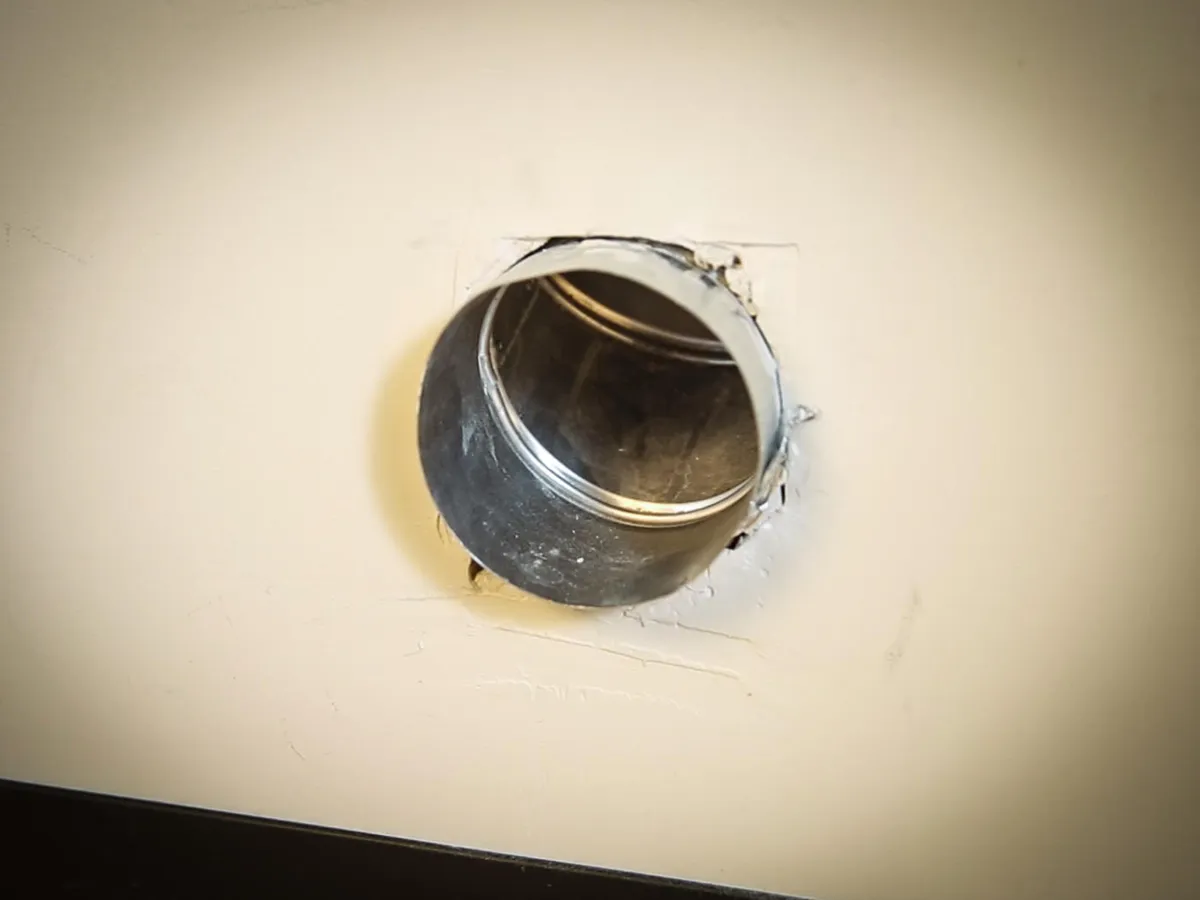
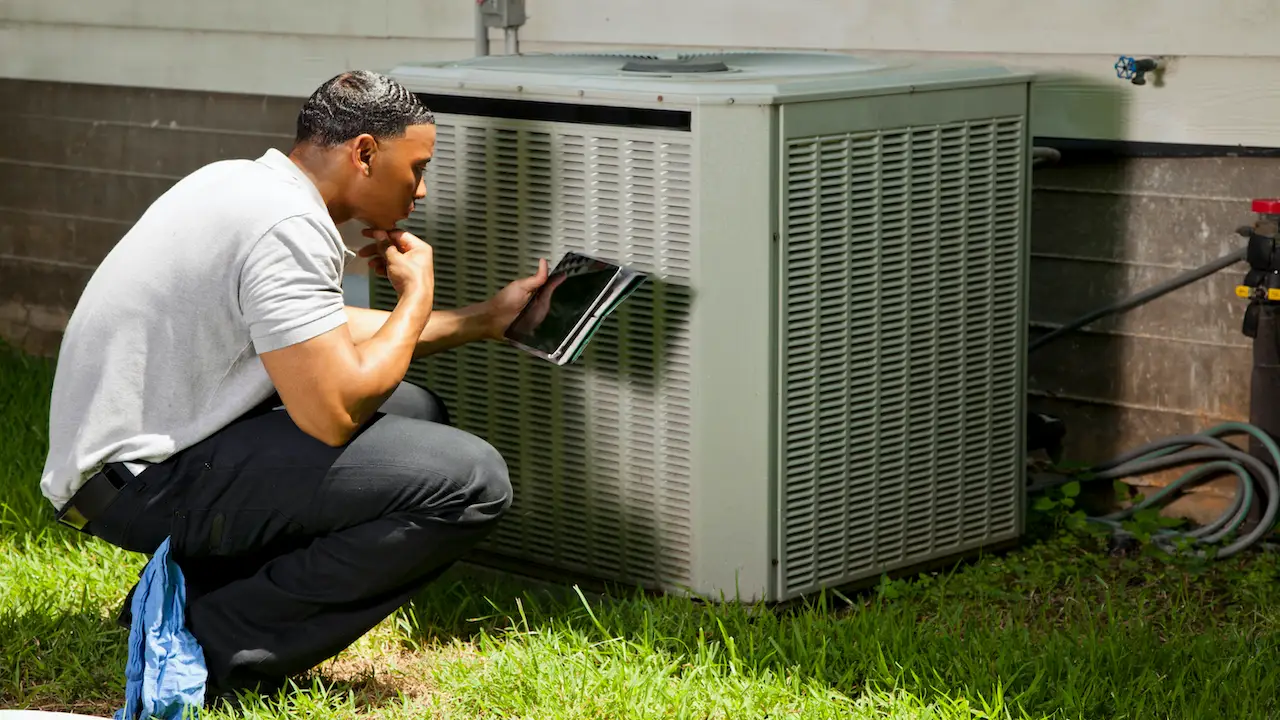
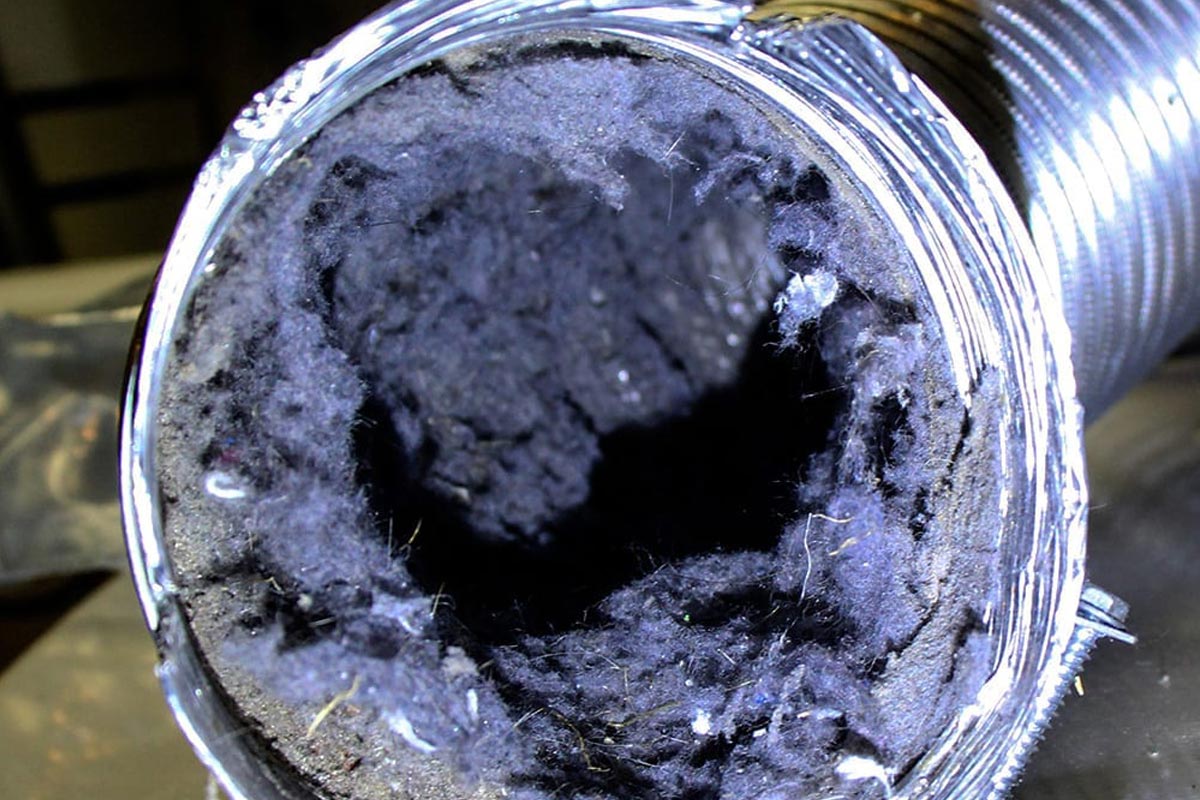
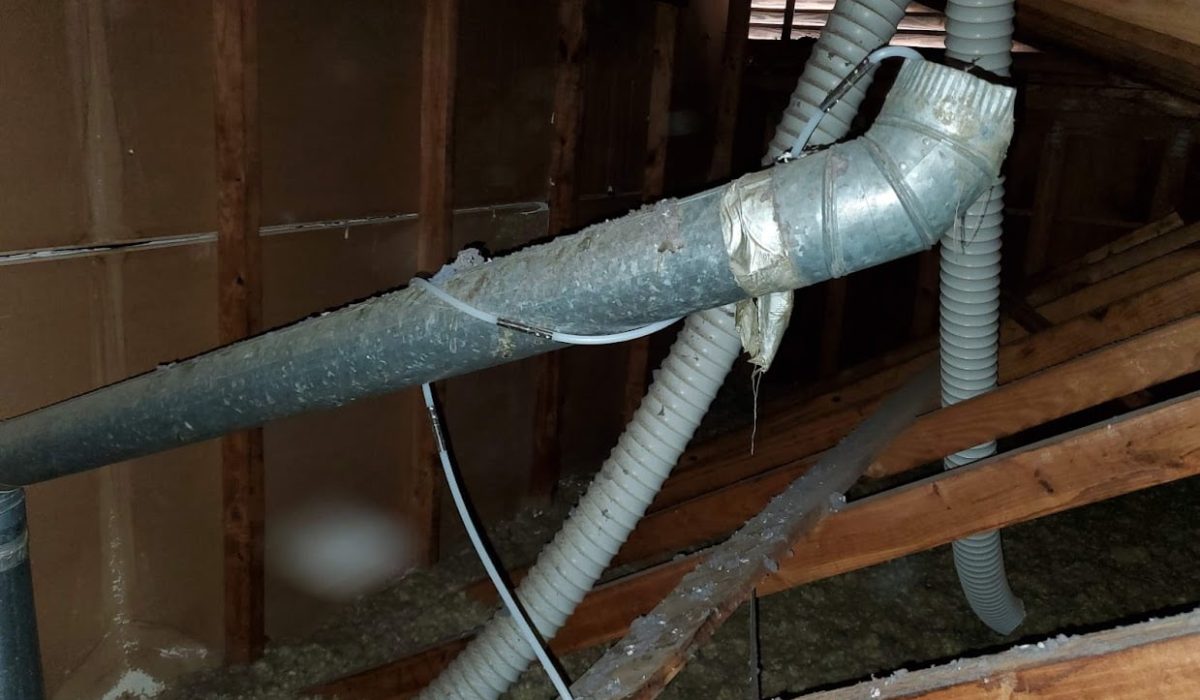



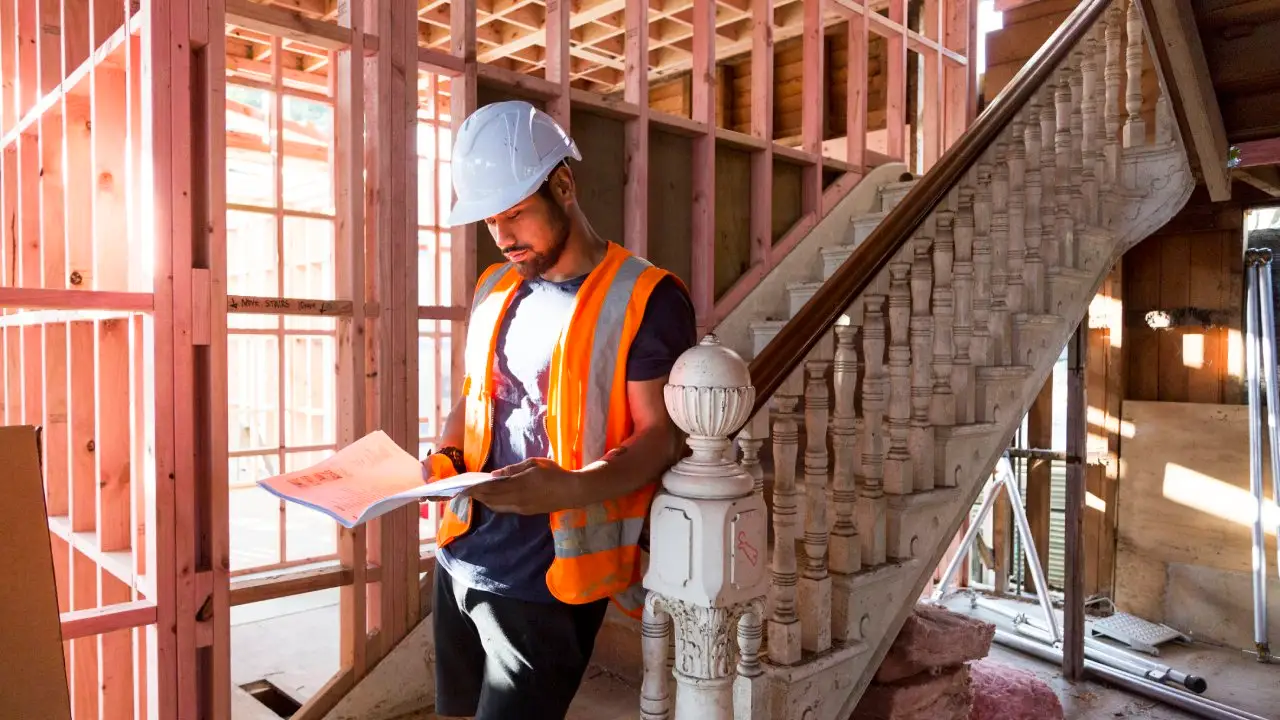
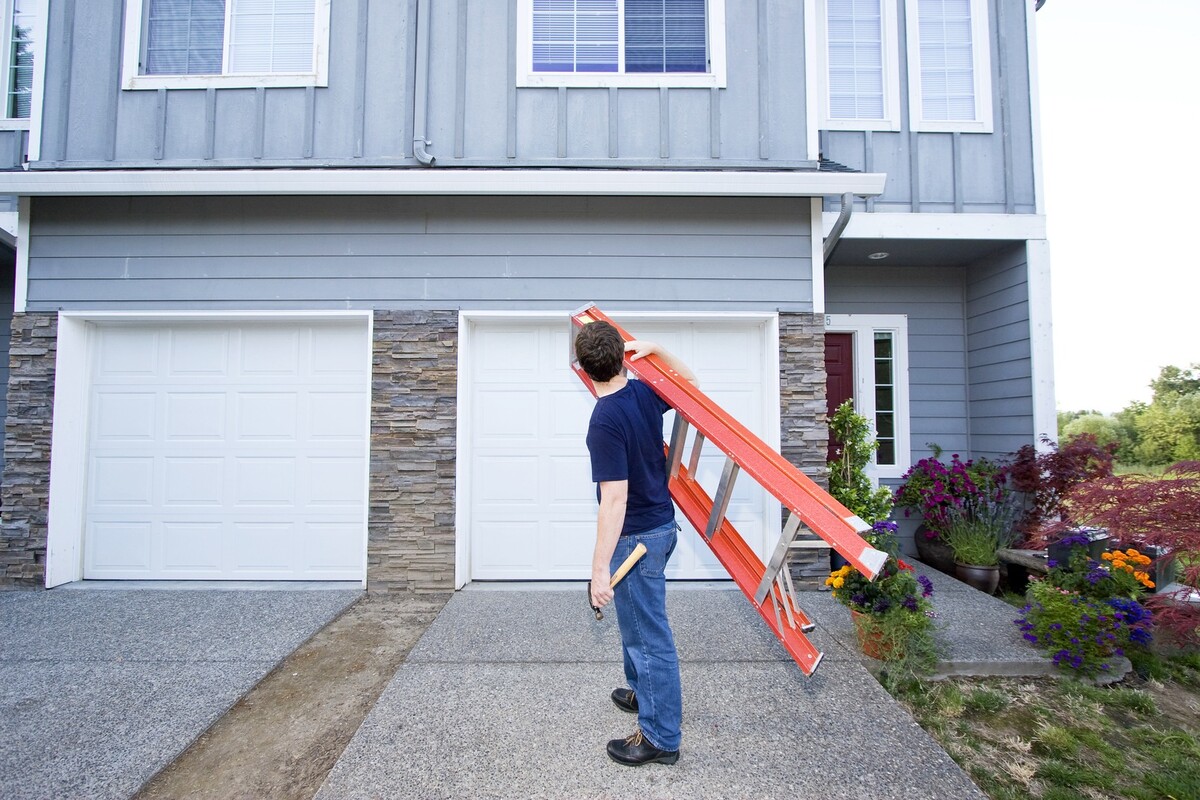
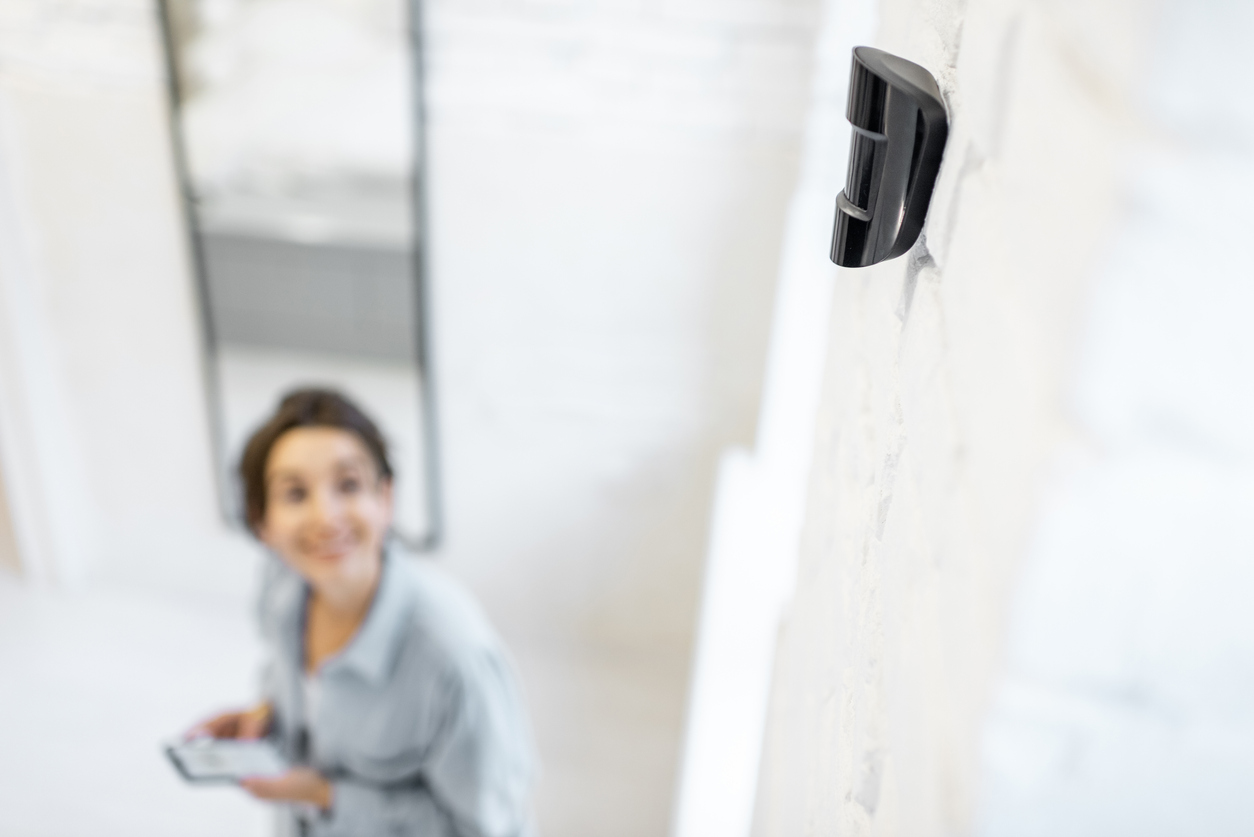
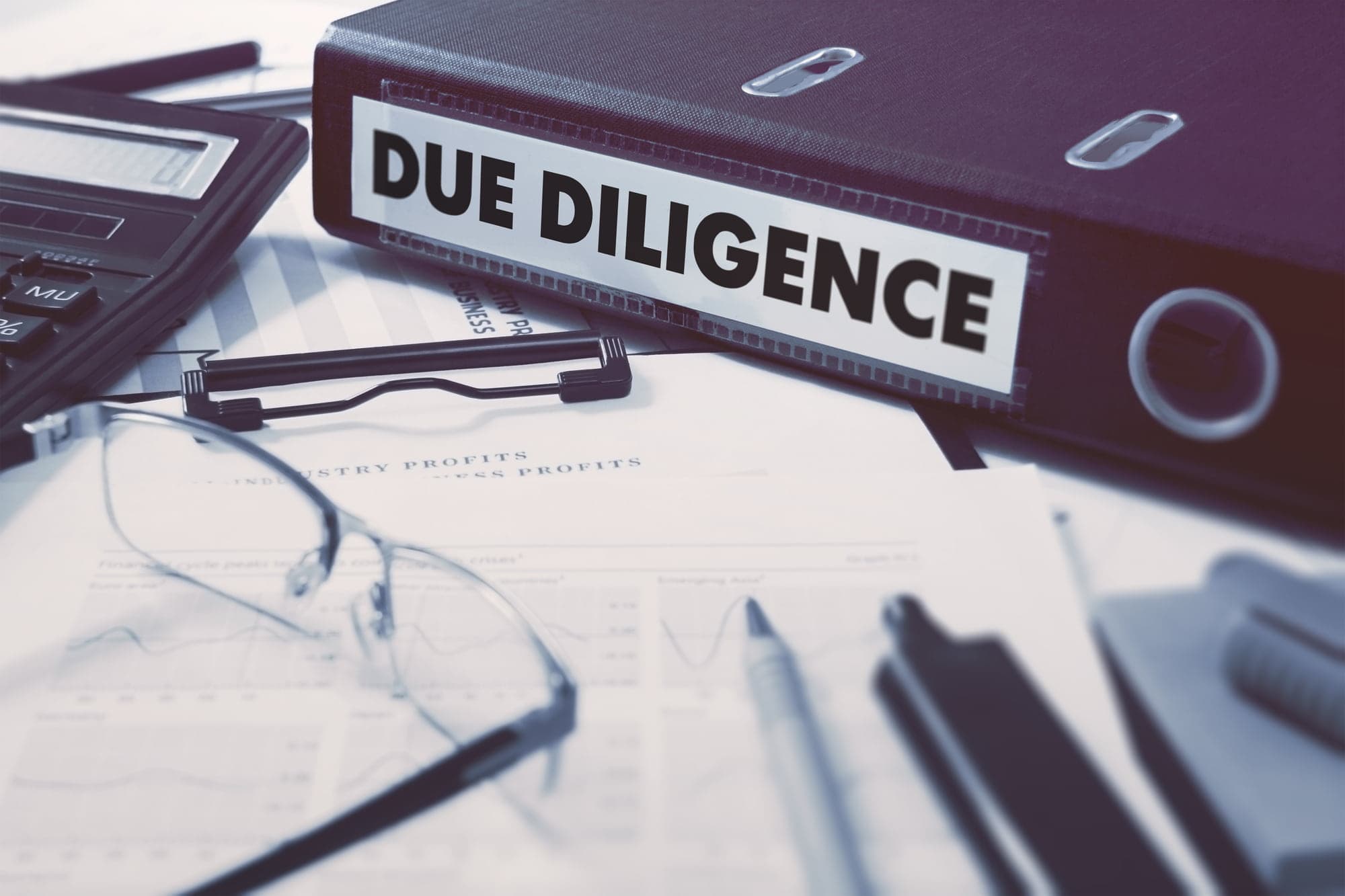
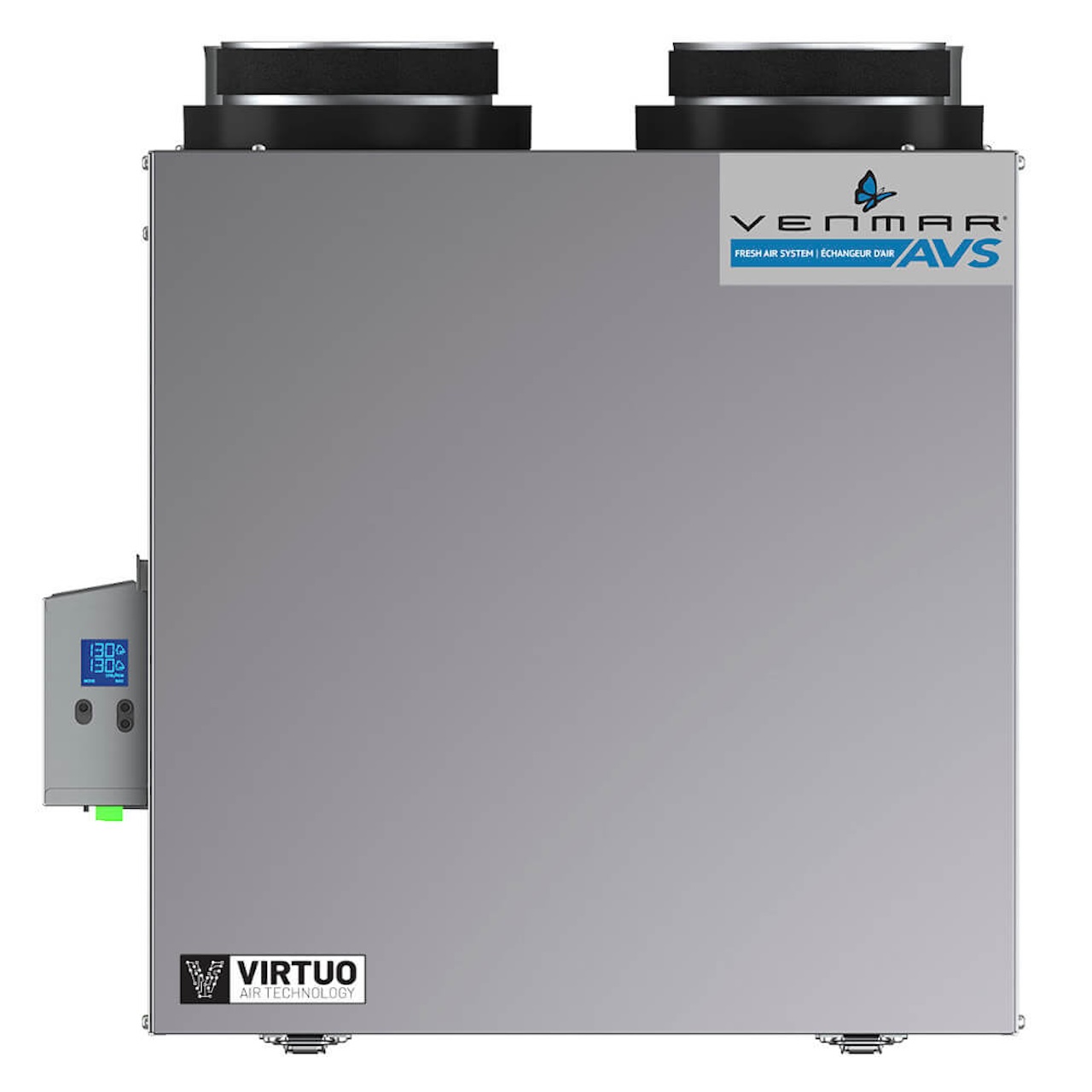
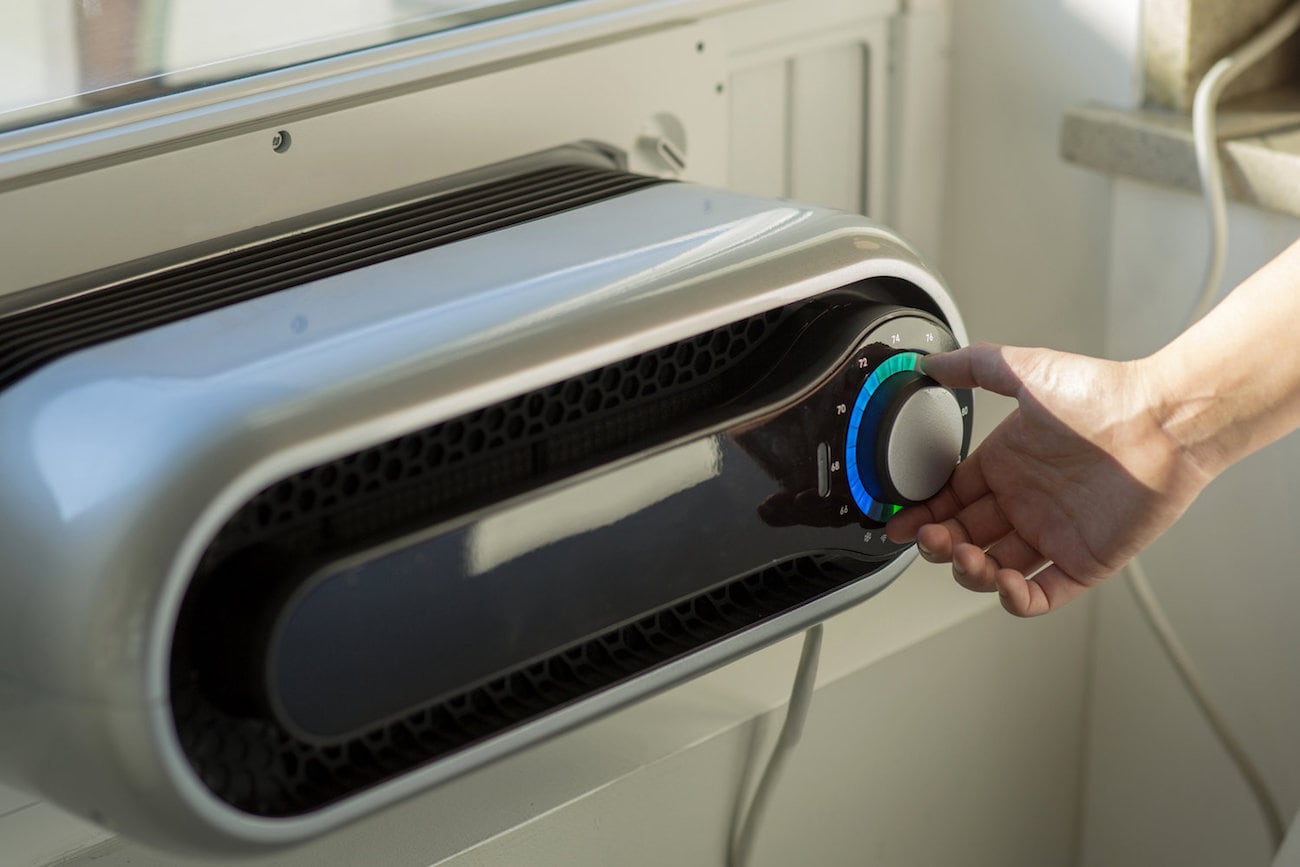

0 thoughts on “What Happens If Mold Is Found During A Home Inspection”